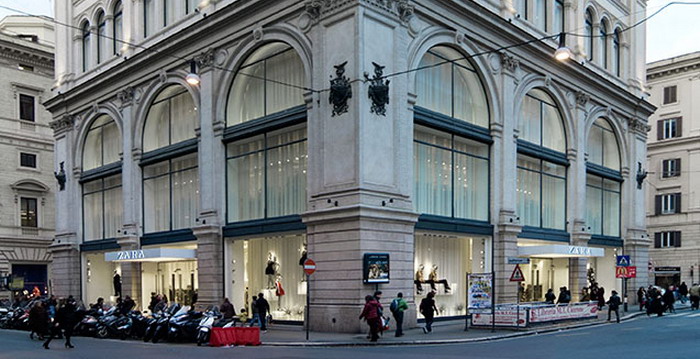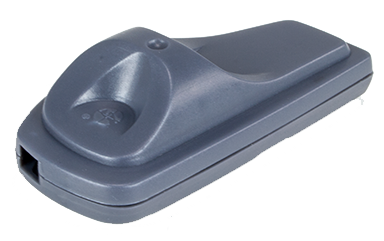 Couple weeks ago Inditex, one of the world's largest apparel retailers, went public with their Zara deployment of item level RFID. Pablo Isla, the chairman and CEO, announced that Inditex has already installed RFID at more 700 stores in 22 countries and will complete the rollout of the Zara brand (nearly 2,000 stores) by 2016.
Couple weeks ago Inditex, one of the world's largest apparel retailers, went public with their Zara deployment of item level RFID. Pablo Isla, the chairman and CEO, announced that Inditex has already installed RFID at more 700 stores in 22 countries and will complete the rollout of the Zara brand (nearly 2,000 stores) by 2016.
Loss prevention technologies are playing a key role in the deployment of RFID at Inditex. Included in the rollout are dual technology RFID / EAS hard tags, dual technology RFID / EAS point of sale detachers, and a hard tag global re-circulation program.
The Inditex announcement coincides with a ChainLink retail research study on RFID published earlier this year. The top three reasons identified by retailers for deploying RFID included loss prevention in stores, item-level/on floor replenishment from back-stock, and cycle (inventory) counts in stores.
The authors correctly cautioned on loss prevention being the number one driver of RFID deployments. "In fact, this is a fairly common pattern we've seen: RFID is justified based on the ROI for a prime use case (which is typically inventory accuracy, driving reduced out-of-stocks and increased sales) then, once the retailer is doing RFID anyway, they explore other possible uses and benefits. Loss Prevention is the most common among those other possible uses and benefits."
The ChainLink research was published in January this year. Six months later, Inditex announced their deployment of RFID where Loss  Prevention technologies such as millions of dual technology EAS / RFID hard tags are playing a prominent role. The lessons learned from both the ChainLink research and the Inditex deployment of RFID:
Prevention technologies such as millions of dual technology EAS / RFID hard tags are playing a prominent role. The lessons learned from both the ChainLink research and the Inditex deployment of RFID:
Focus on the problem and not the technology
Successful retailers spend more time understanding their pain points or operational challenges in their stores and less focused on deploying the latest technology. As a fashion retailer, Inditex's number one goal is to have their products readily available for sale. This includes having the correct items on the sales floor and quickly increasing inventory of fast selling items. Faster availability of information to improve customer service is the primary driver of the RFID technology deployment, not the technology itself. Great video on the Inditex website summarizes their customer focused approach to deploying RFID.
Assess the Technology Ecosystem
All retailers make incremental technology investments in their stores to improve operations. The most effective deployments build on existing technology infrastructures to reduce both risk and cost. Inditex already had a very successful EAS hard tag re-circulation program for loss prevention deployed in all their stores. The security deployments had already transitioned through two building block generations -from single use recyclable plastic to hard tag automated re-circulation. The model was optimized as it allowed for hard tags to be applied at the point of manufacture and garments to be placed directly on the sales floor on arrival to the stores.
Drive "Value" Integration
Security is a balance between reducing shrink and allowing shoppers to readily access items through open merchandising which has been proven to increase sales. Visual shrink deterrence through a hard tag is an important security element in multiple industry segments including apparel. High "value" integration was introduced by Inditex in their RFID deployment in being able to drive both security (EAS) and inventory management (RFID) in the same secure hard tag carrier. Additional "value" integration was the lower cost global re-circulation program that allowed for the continued re-use of the same hard tags.
RFID for retail Loss Prevention has arrived. More precisely, RFID for Loss Prevention is just getting started.
















